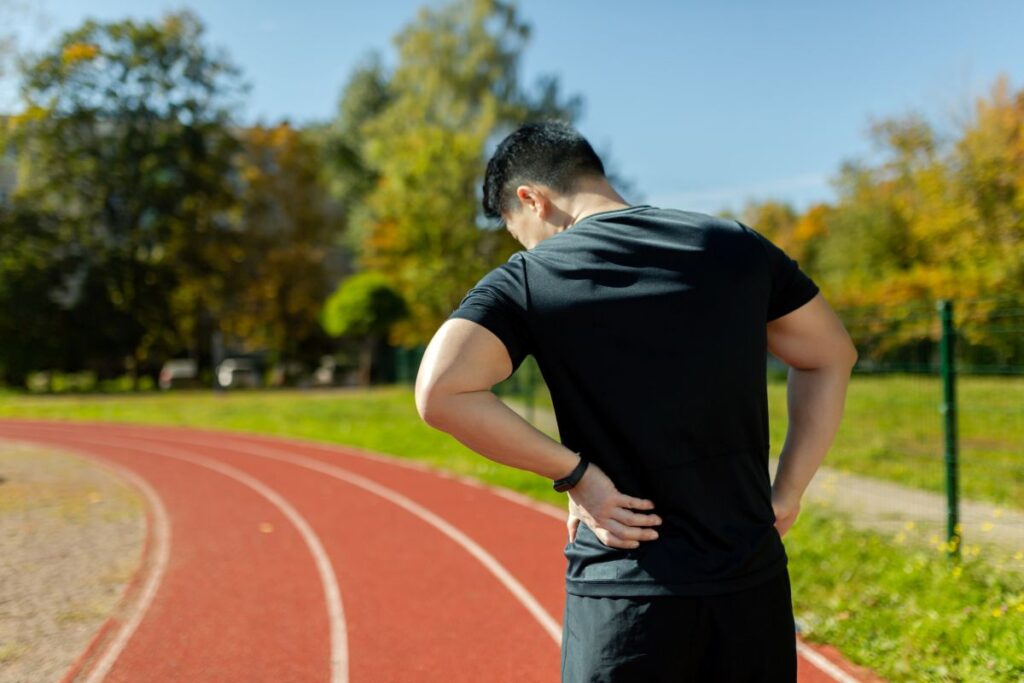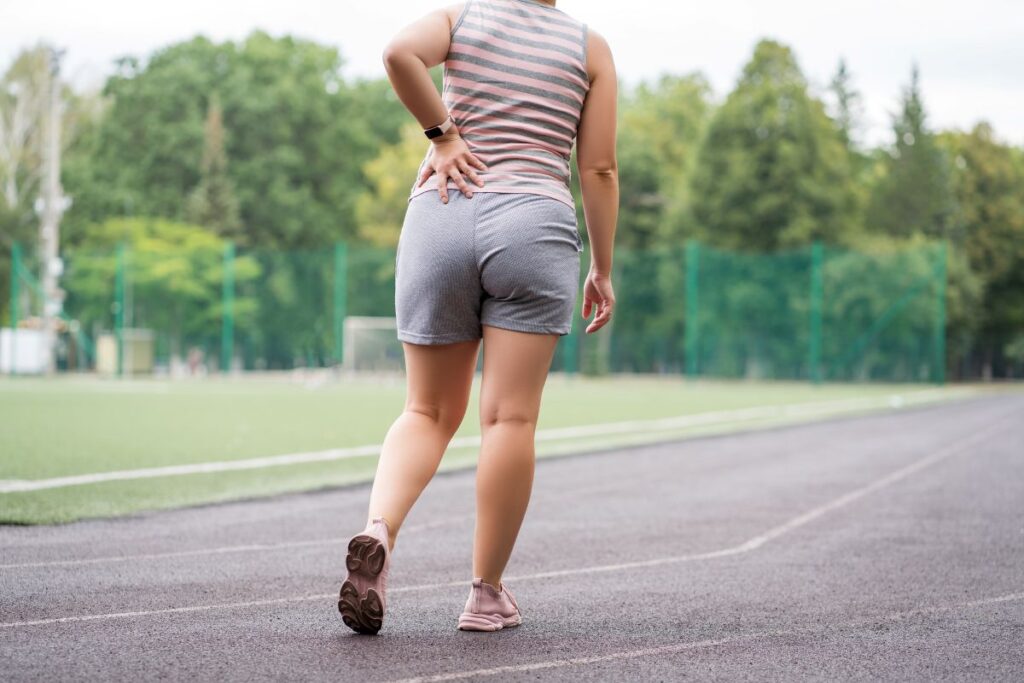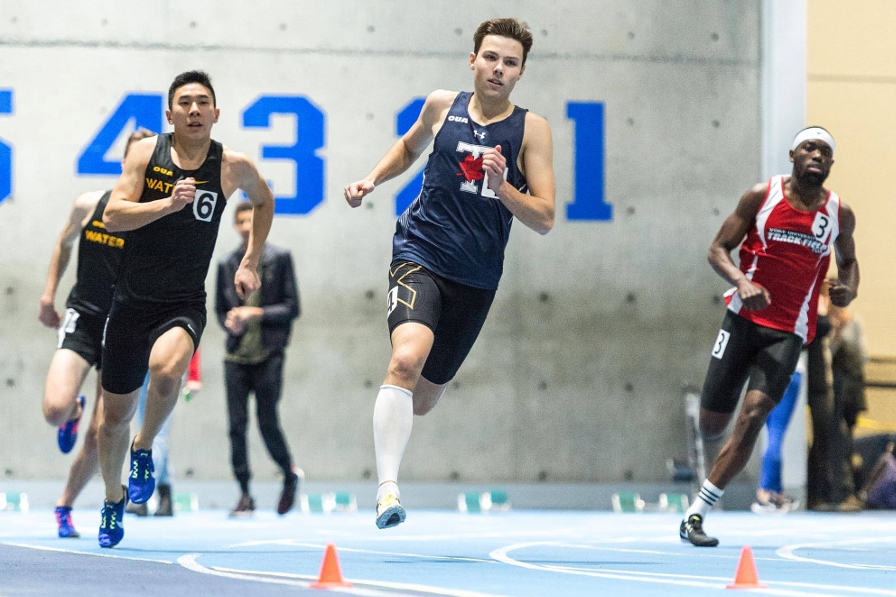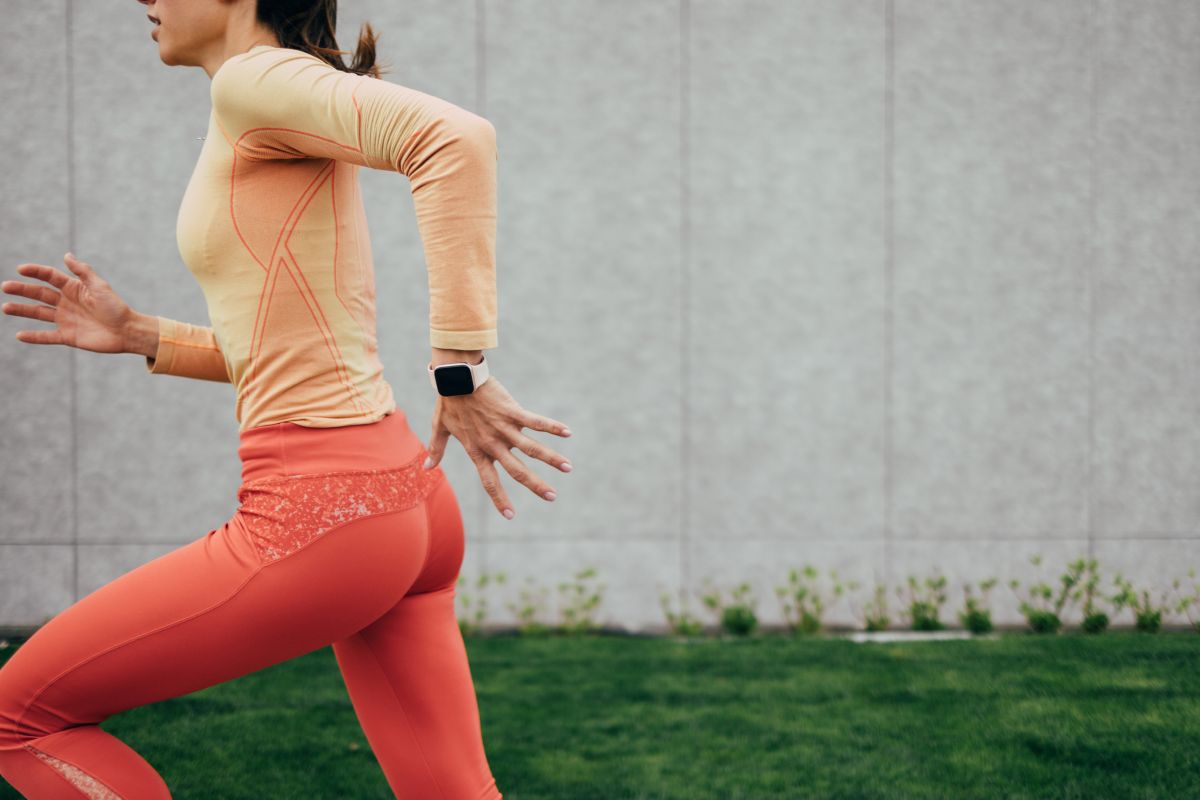If your glutes feel stubborn or asleep when you head out for a run, you’re not alone—and the reason may be deeply rooted in your daily routine. According to Toronto chiropractor and former Canadian collegiate middle-distance runner Dr. Mateusz Krekora, the most common complaint he hears from runners is about tight glutes, which is often due to spending six to eight hours a day sitting in the same position at work.

Dr. Krekora says when runners perform glute-targeted exercises but don’t actually feel their glutes working, the issue is usually neuromuscular, not muscular. “Your lower back and hip flexors may end up compensating,” he says. “This is known as gluteal amnesia, or ‘dead-butt syndrome.’”
Gluteal amnesia doesn’t mean the muscle is done for; it means it’s become neurologically inhibited to move at the ability you need it to, due to prolonged inactivity (especially from sitting).“When spinal joints become dysfunctional and don’t move properly, the nerves that fire the glutes don’t work optimally,” Krekora tells Canadian Running. “Once proper motion is restored, patients typically notice better glute activation, especially when strength training and running.”
How to avoid gluteal amnesia
1. Push through your heels
Krekora’s first tip is all about foot placement during strength training. “It’s a misconception to push through the balls of your feet during squats, step-ups, or glute-targeted movements,” he says. “Pushing through your heels activates the posterior chain—especially your glutes and hamstrings, which are key for both power and stability.”

2. Engage your big toe when walking
You may think you already walk using your toes, but Krekora says most people don’t engage them effectively. “When walking, focus on pushing off from your big toe and pressing it into the ground with each step,” he says. “That small adjustment can significantly boost glute activation.”
3. Tap to trigger activation
If you’ve tried steps one and two, and still aren’t feeling your glutes fire mid-exercise, try giving them a tap. “Physically tapping your glutes with your hand sends a signal to the brain to engage the muscle,” Krekora says. “It can be just enough to reestablish that mind-muscle connection.”
 Photo provided by Mateusz Krekora
Photo provided by Mateusz Krekora
If your glutes feel inactive or weak, don’t assume you just need to strengthen them—you may need to wake them up first. Small changes in posture, walking mechanics and exercise cues can make a big difference in how your glutes engage during movement.
Dr. Mateusz Krekora is a former middle-distance runner at the University of Toronto, where he was a member of the school’s 4x800m relay team. He still keeps up with the elite scene and treats many runners at the Toronto Corrective Chiropractic clinic and All-Access Health and Fitness (Toronto-Danforth).
